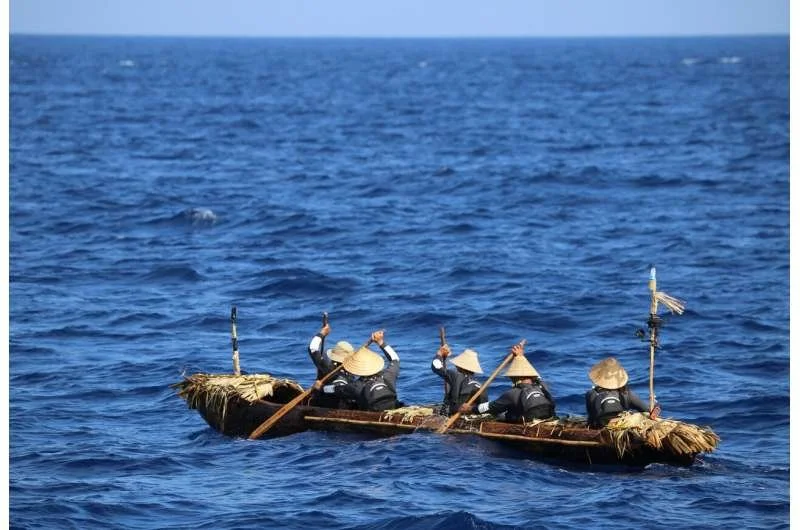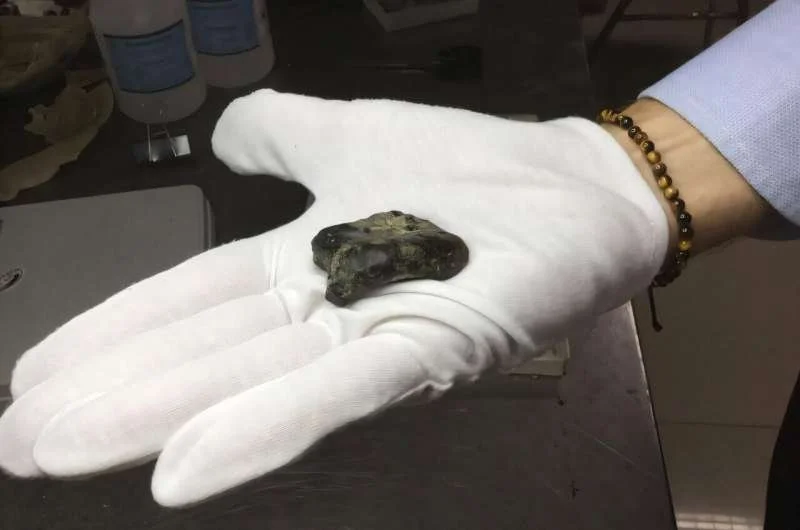According to tradition, Samos in Calabria was founded in 492 BC by Greek settlers who came from the island of Samos in the Aegean Sea to escape the invasion of the army of King Darius I of Persia.
The colonists reached the coast of the Ionian Sea and moved inland, near Fiumara La Verde, to Rudina, in the territory of the Epicephyrian Lokrians. Soon the city grew rapidly and extended its boundaries from Capo Bruzzano to the present Gerace.
They built a large port that connected the city of Samos with the nearest Greek islands, and thanks to its maritime, port and trade activity, it achieved a remarkable social and cultural development and became an important transport hub in the heart of the Ionian Sea.
It is believed that Samos Calabria is the birthplace of the famous sculptor Pythagoras of Rhegium. Around 1530 Samos was completely destroyed by a flood that lasted seven days and seven nights. Since then the name of the city was changed to Crepacuore and later to Precacore.
Today, in its place is the small village of Precacore, known for its ruins of Greek-Byzantine art and therefore often visited by foreign tourists. Many of these works of art have been recently restored.
Ancient paths lead to the ruins of the ancient site of Samos and walking tours are organized. Ancient Samos in Magna Grecia is the twin of Samos in Greece.
What is still an unsolved mystery is how they knew and built their city in an almost straight line (northern latitude) with Heraion of Samos, which intersects with Samos of Triphylia and Samis of Kefalonia of Homer?
This means that, for example, in the 5th century, the latitude was already known. Without it, it was not possible to go out to sea and return safely. Undoubtedly, they knew it thousands of years ago!







